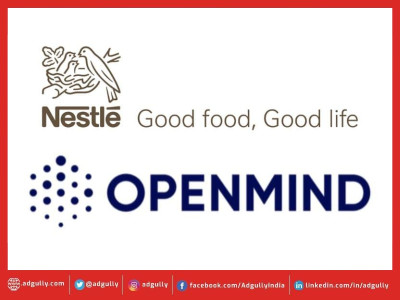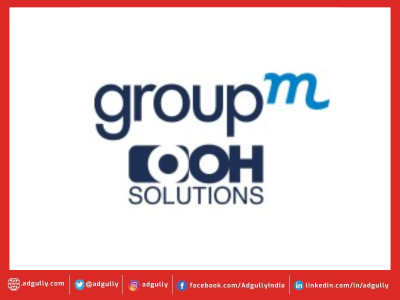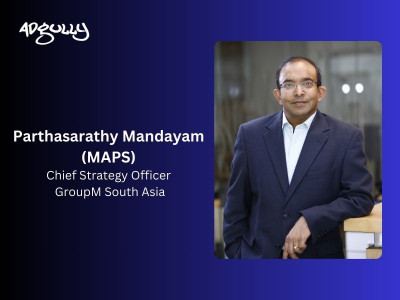In many cases, brand communication is too siloed: CVL Srinivas
The BrandZ Top 50 Most Valuable Indian Brands report, released on September 21, 2016, not only ranks the brands in terms of their value, but also sheds light on the growth in popularity for locally grown Indian brands, changing consumer perceptions about brands, narrowing of the gap between rural and urban India, the impact of growing mobile and internet penetration, and more.
To know more about the report’s implications for brands, the intricacies of brand valuation, etc., Adgully caught up with CVL Srinivas, CEO - South Asia at GroupM. Excerpts:
How can valuation of a brand deliver high-impact returns to key stakeholders?
BrandZ empirically proves that corporates who invest in long term brand building are the ones who outperform the market. In India, over the past two years if one were to track a portfolio of BrandZ versus the market, it is +11 per cent growth (for BrandZ portfolio) versus an almost 4 per cent decline for the market during the same period. The BrandZ report is a treasure trove of information, coupled with valuable insights that can help marketers deliver high impact returns to stakeholders.
In a dynamic consumer landscape, what kind of strategies are brands forging to ensure recall as well as impact their valuation?
In a dynamic consumer landscape, brands need to have a sustained presence by better integrating owned assets, paid media and earned media. In many cases, brand communication is too siloed. There are multiple messages and tactics that pull the brand in different directions. Brands that have an integrated approach linking vision to strategy and execution have consistently fared better. This is clearly a challenge today for various reasons. Brand owners have created many silos within their own organisations. They also end up dealing with multiple partner agencies. In the urge to work with super specialists, they many times end up over-optimising one part of the value chain and terribly under-optimise most other parts. There needs to be a lot of simplification on both sides (clients and agencies) to drive better integration. This is clearly the starting point. From a brand marketing standpoint, as the report shows, brands that are meaningful, differentiated and salient are the ones that build more value in the long term. And the one big shift that has happened in the recent past is the need for brands to be adaptive to the changing environment.
Given today’s business ecosystem, what are the criteria for determining brand valuation?
The BrandZ ranking is the first and only ranking that combines solid primary research – brand equity data (from our proprietary BrandZ database) that determines a brand’s contribution to business value and its future growth prospects – with publicly available financial data. In addition, it takes into account the opinions of the consumers who actually invest in brands. This combination of financial and consumer data makes BrandZ unique and a very valuable input for marketers and agencies.
In what ways is national pride influencing the growth of local brands? How prevalent is this factor?
Beyond a point consumers don’t really look for where a brand is coming from. As long as it stays meaningful, is differentiated and delivers value, consumers stay. In India, we have seen a lot of MNC brands do very well since they have successfully adapted to the local culture. We also have a strong line-up of local brands, many of whom are generic to their categories. So, unlike many markets that are either skewed to global or local brands, we have a good mix. We do not have too many Indian brands that have gone on to become global winners. That’s one area we hope will see a change in the coming five years.


















Share
Facebook
YouTube
Tweet
Twitter
LinkedIn